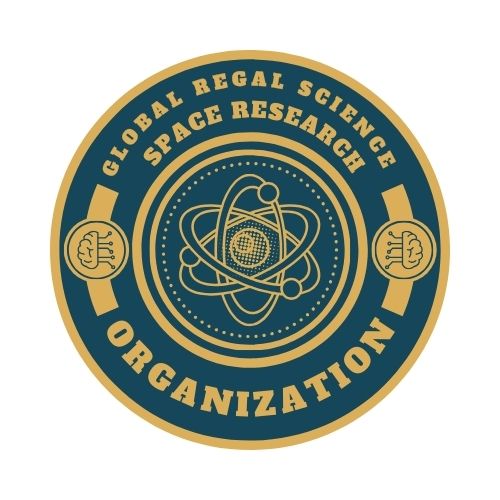Dark matter is one of the most puzzling phenomena in the universe, captivating the minds of scientists and astronomers for decades. Despite its intriguing nature, dark matter remains largely mysterious and enigmatic, prompting numerous studies and research endeavors to unravel its mysteries.
Scientists believe that dark matter makes up about 27% of the universe, with ordinary matter – the kind that makes up stars, planets, and everything else we see – accounting for just 5%. This means that dark matter is a crucial component of the universe, playing a significant role in the formation and evolution of galaxies and other cosmic structures.
One of the key challenges in studying dark matter is that it does not emit, absorb, or reflect any electromagnetic radiation, making it invisible and undetectable through traditional methods. As a result, scientists rely on indirect observations and theoretical models to study dark matter and understand its properties.
One of the leading theories about dark matter is that it is composed of exotic particles that interact very weakly with ordinary matter. These particles, known as WIMPs (Weakly Interacting Massive Particles), have been proposed as potential candidates for dark matter, but so far, no direct evidence for their existence has been found.
Another intriguing possibility is that dark matter may be made up of a different type of particle, such as axions or sterile neutrinos, which have different properties and interactions with ordinary matter. Scientists continue to explore these and other possibilities, conducting experiments and simulations to test different theories and models of dark matter.
Recent advancements in technology and observational techniques have allowed scientists to make significant progress in understanding dark matter. For example, the detection of gravitational waves from merging black holes and neutron stars has provided valuable insights into the distribution of dark matter in the universe.
Furthermore, ongoing experiments at particle accelerators and underground detectors are searching for direct evidence of dark matter particles, hoping to shed light on their properties and interactions with ordinary matter. These efforts are crucial for advancing our understanding of dark matter and its role in the cosmos.
To stay updated on the latest research and discoveries in the field of dark matter, interested readers can visit a reputable Science website that covers topics related to astrophysics, cosmology, and particle physics. These websites offer informative articles, news updates, and educational resources that delve into the mysteries of dark matter and other fascinating subjects in the realm of science.
In conclusion, while dark matter remains a perplexing puzzle in the universe, the relentless efforts of scientists and researchers around the world are gradually unraveling its mysteries. Through innovative experiments, theoretical models, and technological advancements, we are getting closer to understanding the nature and properties of dark matter, bringing us one step closer to unlocking the secrets of the cosmos.
For more information visit:
Home | Global Regal Science And Space Research Organization
https://regalscience.wixsite.com/global-regal-science
Zaidi Colony
“Global Regal Science and Space Research Organization pioneers innovation in science, space exploration, and technology, shaping a sustainable and advanced future for humanity.”
Unlock the secrets of the universe with Global Regal Science! Dive into the world of cutting-edge research, mind-blowing discoveries, and groundbreaking advancements in the field of science. Prepare to be amazed.
